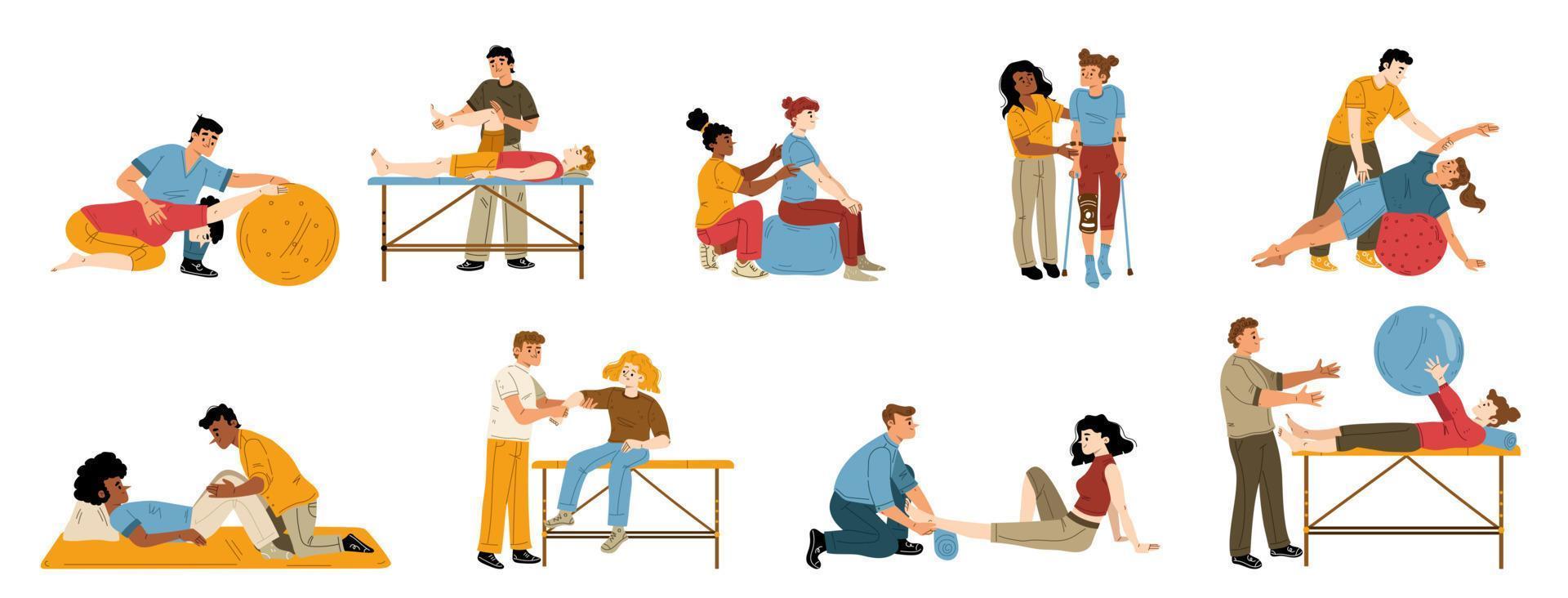
One of the primary advantages of self-monitoring is heightened accountability. When people monitor their activities, they are increased likelihood to remain dedicated to their health objectives. For example, documenting down meals eaten or exercise sessions finished can create a sense of ownership. This responsibility can be additionally enhanced by sharing advancements with friends or loved ones. Encouragement from others can motivate individuals to stick to their strategies and support them during challenging periods. As a consequence, self-monitoring can lead to a greater commitment and a higher chance of achieving desired results.
Self-monitoring also promotes self-knowledge. By regularly thinking on one’s actions, people can identify triggers that lead to unhealthy choices. For instance, someone might notice that they tend to snack more when they are stressed. Acknowledging these habits enables people to develop strategies for coping with challenges. They might choose to engage in physical activity instead of reaching for unhealthy snacks during continue reading this demanding times. This enhanced self-awareness can be empowering, enabling individuals to take control of their health and make positive changes.
In addition, using digital tools can enhance the self-monitoring process. Many applications and devices are available that help track physical activity, food intake, and other relevant metrics. These tools provide simple entry to data about one's advancement over period. Graphing this data can be inspiring, as people can see how far they have progressed. The use of digital resources also enables for personalization of exercise programs, making it easier to establish achievable targets based on individual likes and habits. As innovation continues to advance, it offers greater opportunities for people to participate in effective self-monitoring.
Lastly, self-monitoring can lead to lasting habit change. By regularly monitoring practices and implementing modifications based on observations, individuals can develop healthier ways of living. This sustained approach encourages individuals to think critically about their decisions and nurtures a mentality focused towards ongoing growth. As modifications become embedded in everyday practices, individuals are more likely to maintain their progress. Ultimately, self-monitoring can transform not only physical well-being but also comprehensive health, making it an invaluable resource for anyone on additional resources a path to improved wellness.